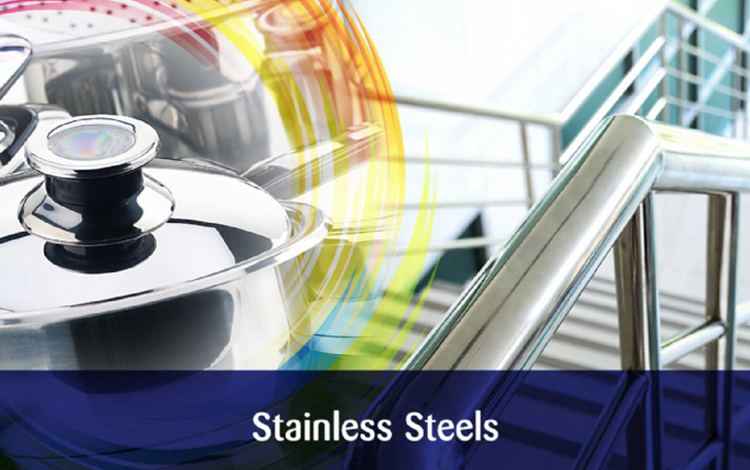Types of Stainless Steel
Stainless steel is a term that includes more than fifty steel alloys, all containing chromium and other additives to prevent the rusting of iron, which is the primary component of steel. Many types of stainless steel have specific qualities that may not be relevant to the manufacturing of washroom accessories and cabinets. For this purpose, three types are commonly used: Type-304, Type-302, and Type-430.
The 300 Series of stainless steel, including AISI types designated with a 3 (S.A.E. numbers 303 - -), contain both chromium and nickel. These two elements work together synergistically and provide a protective effect on vulnerable metal surfaces, much like the process of chrome plating. In the 300 Series steel, the corrosion-resistant elements are intrinsic to the material and not merely a surface coating.
Until around 20 years ago, Type-302 stainless steel was commonly used, but it was later replaced by an improved version called Type-304. Both types belong to the nominal 18-8 stainless steel family, which means they contain 18-20% chromium and 8-10% nickel in Type-302, and 18-20% chromium and 8-12% nickel in Type-304. The corrosion resistance of Type-304 is stronger due to its higher chromium and nickel content compared to Type-302.
Additionally, the carbon content in Type-304 was reduced from 0.15% in Type-302 to 0.08%. This lower carbon content allows parts made from Type-304 to be welded without compromising the corrosion resistance of the material adjacent to the weld. This improvement in weldability makes Type-304 a preferred choice in various applications where welding is required.
The 400 Series of stainless steel, particularly Type-430 (S.A.E. number 51430), is commonly used for washroom equipment. Type-430 contains 14-18% chromium, no nickel, and a carbon content of 0.12%. However, it is worth noting that Type-430 is more prone to corrosion compared to Type-304, especially at welds. Its primary advantage is cost savings for manufacturers.
Different stainless steel compositions exhibit varying degrees of resistance to corrosion from 140 chemicals. In the guide, Type-304 and Type-302 stainless steels scored 88 "excellents" and 12 "poors," indicating their superior corrosion resistance. On the other hand, Type-430 scored 66 "excellents" and 30 "poors," reflecting its relatively lower corrosion resistance. The guide also showed that the remaining scores were split into "good" and "fair" ratings, with a preference for the 300 Series stainless steels. This is crucial since many of the chemicals used in cleaning products and present in air pollutants can affect the performance of the materials.
The appearance of Type-430 and Type-304 stainless steel is identical, making it difficult to visually differentiate between the two. However, a simple test with a magnet can reveal the distinction. The 400 Series, including Type-430, is magnetic, while the 300 Series, like Type-304, is not magnetic. When testing, it's essential to examine an unworked area of the stainless steel to avoid potential magnetic fields caused by welding, bending, cutting, or shaping operations in Type-304. In Type-430, the magnetism is much stronger, and the magnet will readily adhere to the surface.
Manufacturers who want to reduce costs sometimes use the 400 Series, such as Type-430, in less visible or concealed locations of washroom accessories, such as the backs or bottoms of cabinets, door backs, receptacle bottoms, or concealed mounting plates. These areas are susceptible to condensation and fluid entrapment, making them vulnerable to corrosion. Therefore, it is crucial to check these specific locations for magnetism to determine the type of stainless steel used.
Washroom accessories fabricated with all Type-304 stainless steel can be expected to last for the lifetime of the building with minimal special maintenance, as they are resistant to unsightly and weakening corrosion.
